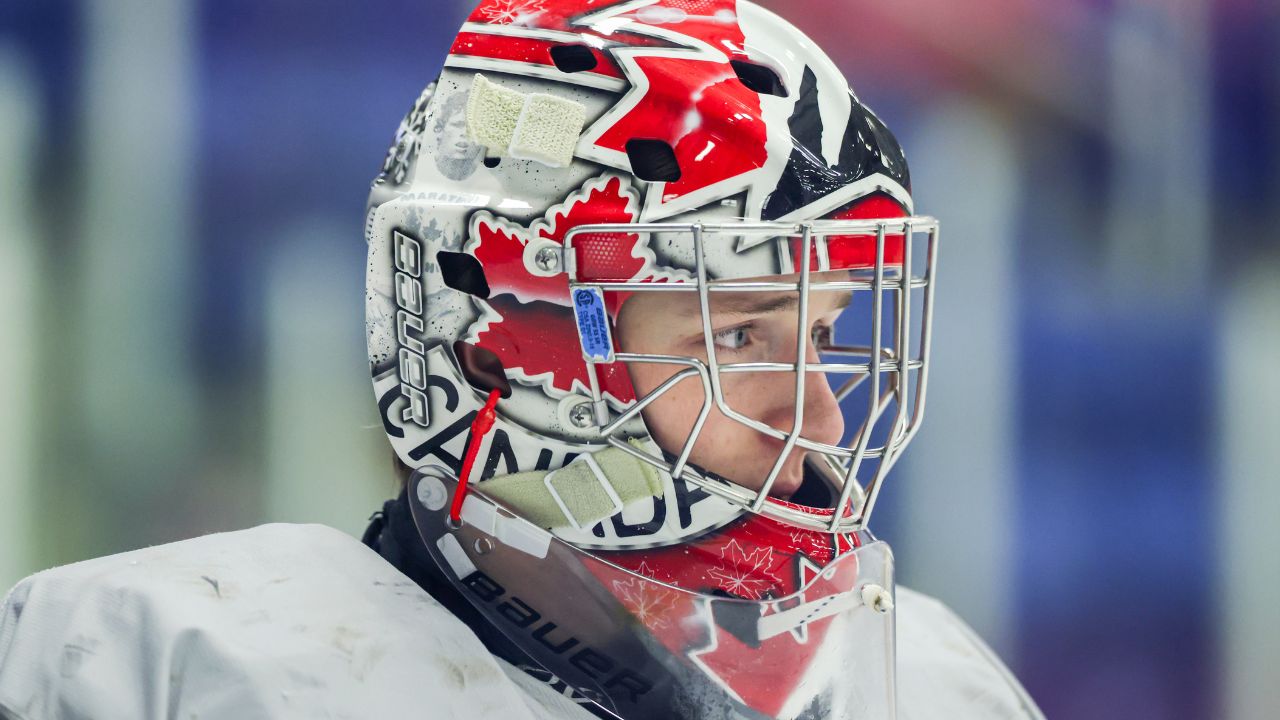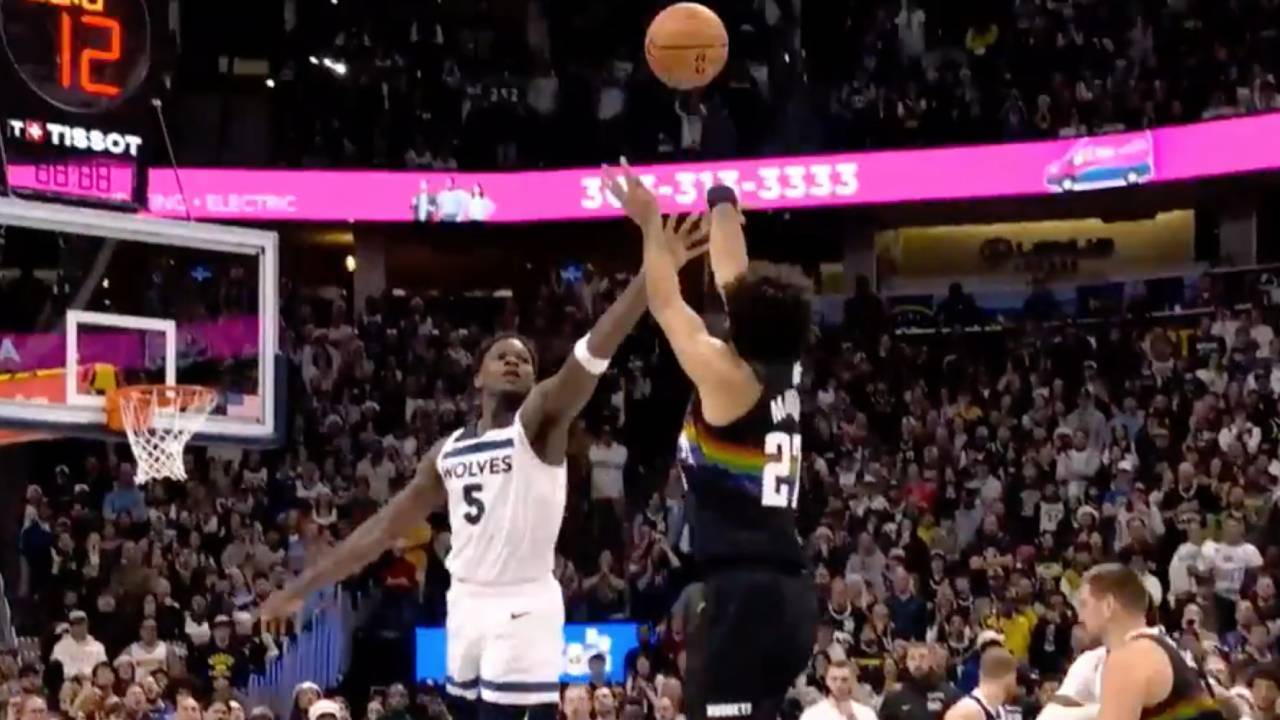
EDMONTON — Power-play dependent. Power-play merchants.
Call the Edmonton Oilers whatever you want, just don’t call them late for a juicy five-on-four advantage, a situation where the Oilers have dined out at a historic pace these past five seasons, leading the entire NHL at 28.5 per cent over that time.
With the talent they ice on their first unit — two world class superstars in Connor McDavid and Leon Draisaitl; the league’s best garbage man in Zach Hyman; the NHL’s most consistent 90 mph shooter in Evan Bouchard; one of the league’s premier bumper men in Ryan Nugent-Hopkins — the Oilers have become dependent on their power play the way Tim Horton’s relies on donuts.
It’s their bread and butter. Their stock in trade.
So, what does this mean: Thus far in March, the Oilers have a 4-1-1 record and have scored one power-play goal on 17 chances — a success rate of 5.9 per cent?
Is that good news? Or is it bad news?
“I always say it’s good news,” began McDavid, whose even strength points percentage has jumped from 49 per cent to 68 per cent year over year. “For a team that has almost relied too heavily on our power play for the last couple of years, to win games solely with five-on-five play and the (penalty kill), I think it’s a great thing.
“Our power play is going to be whatever it’s going to be. We’ve shown that over the course of the last four or five years.”
The other area is momentum.
We like to say that power plays are the Oilers’ oxygen. If you’re beating them, don’t give them a power play. It’s their lifeblood.
Today’s team, more than ever before, finds juice from a key shot block, a penalty kill, a hit or a fight. Those are things you can create yourself; opportunities that exist in greater numbers in the playoffs.
Elements you are not dependent on a referee to create.
Which leads us to our next question:
Natural Stat Trick ranks Edmonton No. 1 in expected goals and expected goals percentage (57.3 per cent) at five-on-five this season. Yet, Edmonton ranks just 23rd overall in power-play opportunities this season.
Connor McDavid is second in expected goals, yet he sits seventh in penalties drawn.
So, they create the most chances at five-on-five, yet 22 teams receive more power plays than they do?
How does that work?
There is the McDavid theory, that sheer volume of infractions committed against the NHL’s fastest and most active possessor of the puck leads referees to say, “I can’t call everything that happens to this guy.”
Then there is the team theory: that the Oilers’ power play has become so historically good, referees weigh the effect that granting an Oilers power play has on the outcome of a game, compared to giving, say, Columbus a power play.
McDavid considered the latter theory:
“I certainly hope that that is not a factor. I hope that the refs are calling the game as they see it, and not factoring anything else into those decisions,” he said, quickly shifting away from any narrative that could be critical of the zebras.
“Can we do a little bit better of a job of fighting through things and forcing the hooks and holds? Could we go to the net a little bit harder and force teams to take more penalties?” he asked. “I think so as well.”
So, today’s Oilers are more capable of winning games without relying solely on their power play than yesterday’s team was. Edmonton has the best winning percentage in the NHL since Nov. 9 (.731), with just the seventh best power play.
“What’s up with the power play?” you ask? Here’s what we learned, without getting too technical:
Edmonton devised zone entries and power-play tactics that resulted in a large “menu” of options. Smart players picked menu items in real time and crushed opposing PKs. So opposing coaches went to work last summer.
The biggest difference in the opposing penalty kills this season is that teams have taken the traditional four-man penalty killing box and rotated it 25 per cent of the way — into a diamond. It’s called a “three-man high” PK.
Now, the high defender marks Bouchard and his cannon on the point more closely, while the two “wingers” meet McDavid or Nugent-Hopkins immediately when they receive the puck, coming “down hill” off the flanks.
The offset has been more goals down low, where Hyman has 12 power-play goals (T-8) while McDavid has just five PPGs this season, on pace for an all-time low.
Those coaches who dissected the Oilers’ power play may have done the team a favour, however, making them a better five-on-five club.







